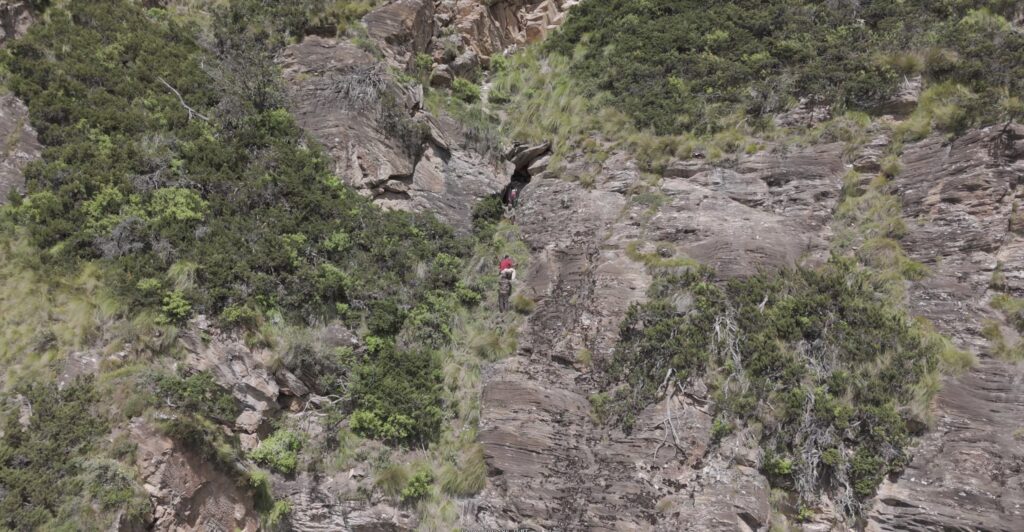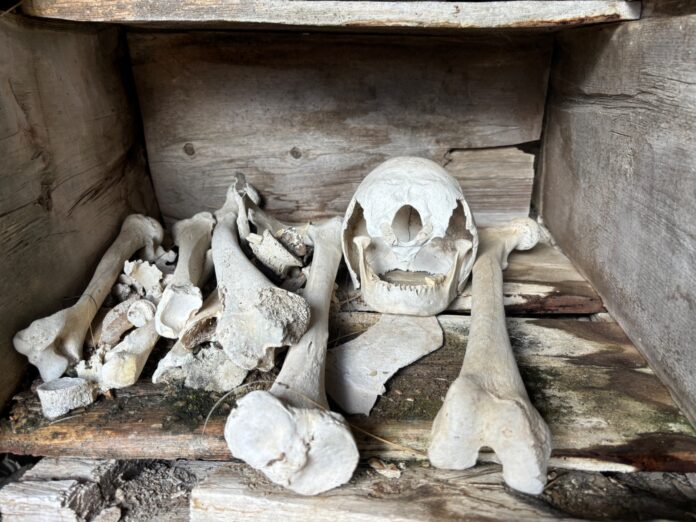Dehradun: The Himalayas have long intrigued scientists, especially concerning human skeletons. A new discovery has been made a cave with thousands of skeletons on the India-Nepal border in the Pithoragarh district of Uttarakhand, about 200 km east of known sites like Roopkund and Malari. This finding adds to the enigma of ancient human remains in the region.
Why Uttarakhand, Himachal, Kashmir Are Missing the winter Snowfall
Location of the Cave
The cave, containing thousands of human skeletons, is located on the India-Nepal border in Pithoragarh district, near Garbiyang village along the Adi Kailash Yatra route. After crossing the Kali River into Nepal, one reaches Changru village, with the cave situated about three kilometers above it on a steep slope. This discovery was highlighted by a @thirdpolelive team, although only two of Changru’s 1,000 residents had previously seen it.
First Mention in 1901 by Swiss Explorers
The first recorded mention of this cave was made by Swiss explorers Arnold Heim and August Gansser, who traveled through the region on foot to Tibet’s Taklakot in 1901. In their book Western Tibet and British Borderland, published in 1905, they referenced a cave in Changru village filled with human skeletons, which had been pointed out to them by the locals. However, this cave faded into obscurity over the years.

This cave, located on a high hill ahead of Chhangaru , has a very narrow opening.
Similar Caves in Indian Territory
According to local residents, there is a similar cave containing human skeletons about three kilometers above the Indian village of Budhi in the same region. According to Tibetologist S.S. Pangti, such caves also exist in other parts of Darma and Vyas valleys, like Palaspiti and Ralpa. However, no scientific expedition has ever studied these caves, though the locals have long been aware of their presence.
The body of a missing soldier from Uttarakhand returned home after 56 years.
Possibly Pre-8th Century Human Remains
According to historian Prof. Girija Pandey, the cave could potentially date back to before the 8th century. Before the arrival of Adi Shankaracharya in the 9th century, the region was influenced by the Bön religion, traces of which are still found in the Himalayan communities today. It is highly possible that these human skeletons are part of Bön religious burial practices. Locals also associate the cave with a legend involving a woman’s curse. However, more extensive research, including carbon dating and DNA analysis, is necessary to unravel the mystery behind these human remains


